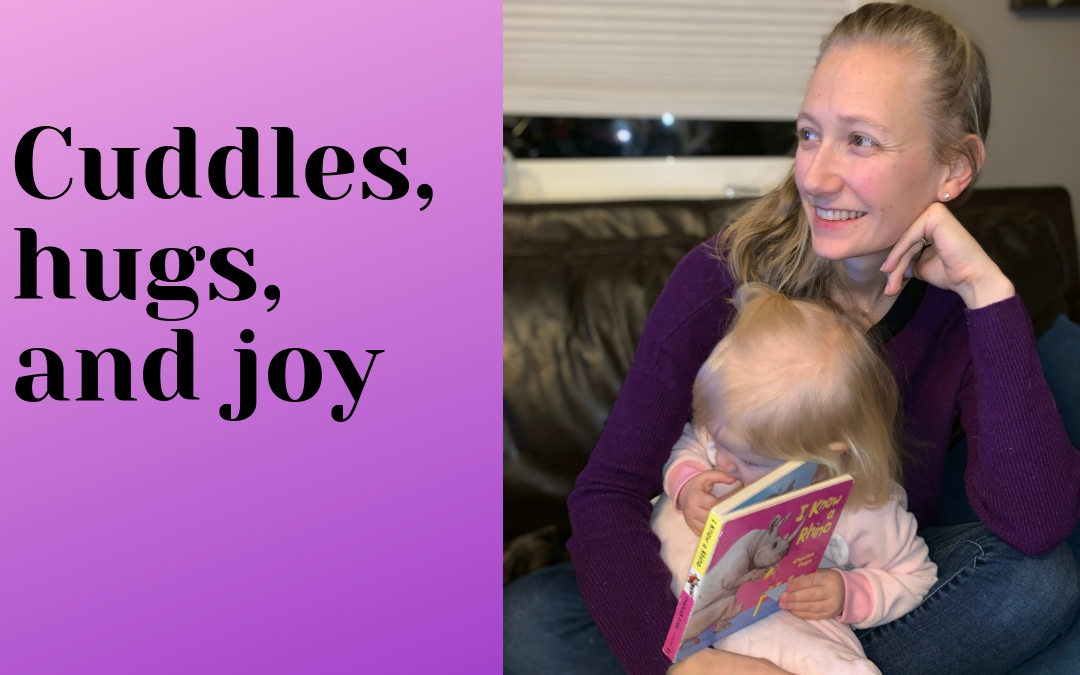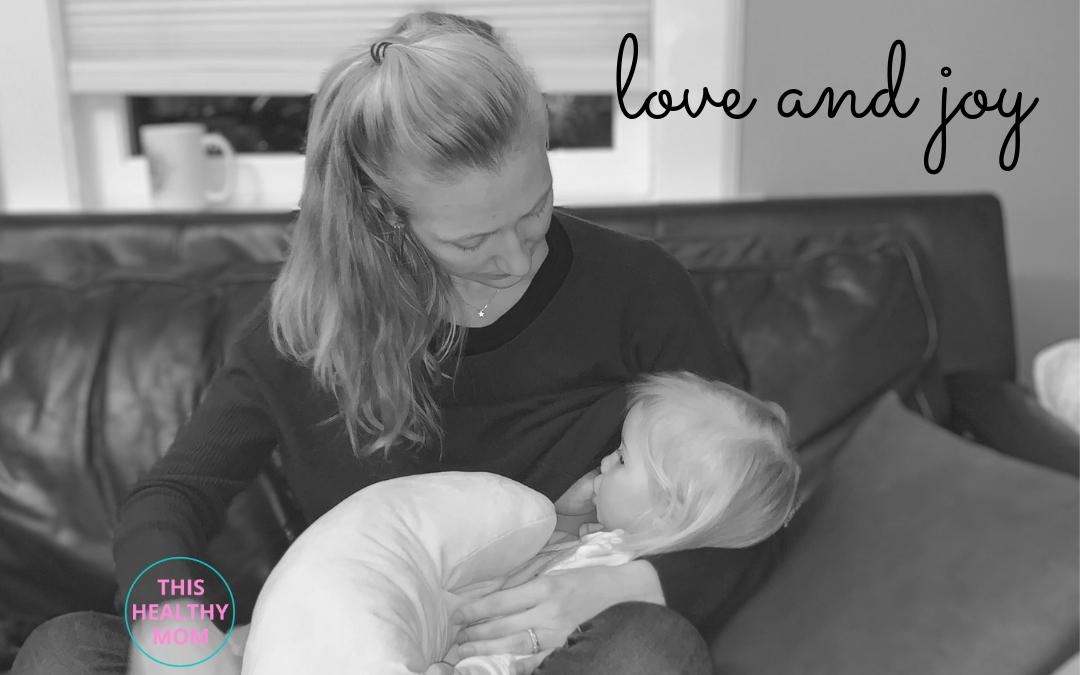Breast Milk – Liquid Gold
I am pro breastfeeding as I think the world should be. But of course I am above all ‘fed is best’. Whatever way you choose to feed your child is up to you and no parent should be judged whichever direction that may be. This also goes for the length of time you decide to breastfeed your baby, toddler or child. Breastfeeding has benefits for the baby and for the mother.
Breastfeeding benefits for the mother:
- Reduces the risk of breast cancer
- Lessens the risk of osteoporosis
- Reduces the risk of uterine and ovarian cancer
- Promotes emotional health, – less postpartum depression
- Promotes postpartum weight loss
Breastfeeding benefits for the baby and toddler:
- Prevents obesity
- Better jaw alignment and are less likely to need orthodontic work
- Lowered risk of heart disease
- Lowered risk of asthma and allergies
- Breast milk provides exclusive antibodies from the mother, which create long-lasting active immunity and are beneficial for life.
What is Extended Breastfeeding?
I did not even know there was a term coined ‘extended’ breastfeeding until someone asked if I was doing extended breastfeeding with my girls. Extended breastfeeding in Western countries is generally considered as breastfeeding past 12 months. I would have guessed extended breastfeeding to mean longer than two or even three years.
The World Health Organization (WHO) recommends: “Infants should be exclusively breastfed for the first six months of life to achieve optimal growth, development and health. Thereafter, to meet their evolving nutritional requirements, infants should receive nutritionally adequate and safe complementary foods, while continuing to breastfeed for up to two years or beyond.”
The Start of Your Breastfeeding Journey
Many new moms enter the breastfeeding journey with no timeline or expectations and they just feed their baby and then toddler until they both decide on when they should stop. Other new moms start with a timeline or ‘goal’ from day one. For example, “I am going to breastfeed until 6 months and then start to wean,” or “I will breastfeed for 12 months then switch to an alternative option.” There are MANY factors that go into how long we breastfeed our children— either breastfeeding or exclusively pumping, or a combination the two.

What does Extended Breastfeeding look like?
I believe more mothers would breastfeed longer if they knew that breastfeeding a toddler is VERY different than feeding a baby under 12 months old. Typically at six to eight months old, babies start eating solids and start to breastfeed less during the day. Then at 12 months old, they are eating more at each meal during the day, which then naturally reduces the amount of breast milk needed. Many 12 to 18 month olds are breastfeeding before bed and in the mornings and, of course, when they are sick or need some extra comfort. By the 24 month mark, if you are still breastfeeding you may only be feeding once a day or when your toddler needs some extra mommy love.
The Stigma of Breastfeeding Beyond 12 Months
Sadly, we live in a world that has sexualized women’s breasts to the point where many mothers feel uncomfortable breastfeeding their babies and toddlers in public, or even in front of their own family members. We shouldn’t have to normalize breastfeeding – it should already just be the norm. Just like how the bottle is widely used and used everywhere so should breastfeeding.
I have had a number of people ask me if I am STILL breastfeeding and say “POOR you” when I respond with yes.
Of course, not breastfeeding past 12 months is easier on the mother in many ways, but at the same time, the closeness and attachment from continuing to breastfeed ultimately outweighs those few benefits for me. I spent a night away from my first daughter when she was 18 months of age, and when I came back she was no longer interested in breastfeeding and we simply just moved on. With my second, she was very much attached to mommy —and still is to this day—but at 22 months old she slowly stopped asking for it and then stopped on her own. I am currently still breastfeeding my 19 month old and she doesn’t seem to have any interest in stopping. I plan to breastfeed my daughter until we both decide we are done. It could be tomorrow or it could be while longer.
The most important part about your breastfeeding journey is that you, the mother, get to make the decisions, not society.

What are we doing now to encourage breastfeeding?
The WHO has initiated breastfeeding campaigns across the world to encourage breastfeeding and remove the stigma and to educate new parents on the benefits. During World Breastfeeding Week, August 1st to 7th, the WHO is encouraging everyone to do their part to support breastfeeding mothers. In 2018, our Instagram feeds were flooded with beautiful images of celebrities and everyday women breastfeeding or pumping. This has been a wonderful step forward to encourage women to breastfeed until the baby or toddler and mom is ready to stop.
“Breastfeeding is one of the smartest investments a country can make,” says Laurence Grummer-Strawn, technical officer in the WHO Department of Nutrition for Health and Development. It’s the best start any mother can give her child. That’s why WHO is supporting efforts to help mothers to breastfeed anytime, anywhere.”
If you are currently breastfeeding your child and need any help please reach out to your Le Leche league, Dr. Jack Newman’s website, public health, Midwives, Health Care Practitioners, family or friends. Do not suffer in silence, asking for help at whatever stage you are in will benefit you and your child in the long run.
Read Lorna’s article for tips on breastfeeding success and how to increase supply HERE.

